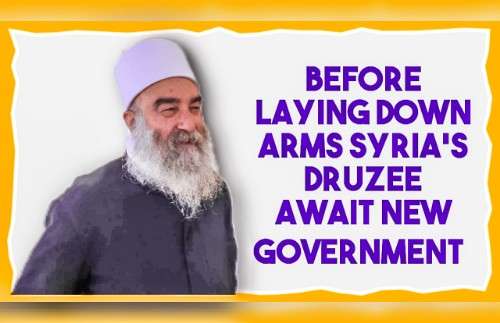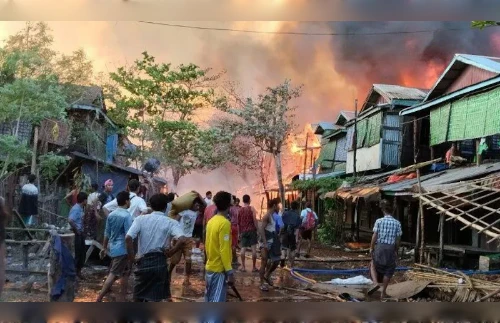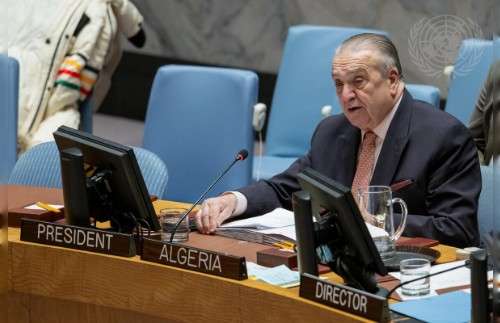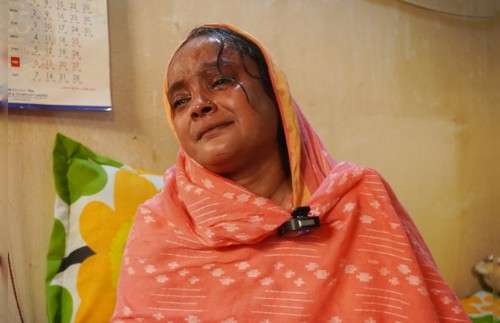An extract from an statement issued by the Asian Human Rights Commission
Despite repeated denial by the authorities and their attempts to pass on such deaths as deaths by illness, 2 more hunger deaths in Jharkhand have been reported over the last month. This takes the total to 17 since September 2017. The report stated that Kaleshwar Soren (45), a resident of Dumka district and Seeta Devi (75) of Gumla died of hunger. They failed to get their entitled quota of rations from the Public Distribution Scheme because of ‘technical’ reasons on November 11 and October 27 respectively.
Ironically, the authorities claims, that deaths did not occur from hunger, flies in the face of the village head’s admission. He had provided some grains to Soren from the village grain bank established for the very purpose of supporting vulnerable families.
The ‘technical’ reason is the same behind many other hunger deaths. It is the cancellation of ration cards not linked with Aadhaar. It is India’s unique identity numbering being aggressively pushed by the Indian government in the name of weeding out corruption and leakage from welfare schemes. Mr. Soren’s ration card was cancelled in 2016 for the same reason. A study by the Right to Food Campaign, an umbrella organization consisting of many civil society organisations and volunteers, had found the following information. Since September 2017, 14 of the hunger deaths in the state were caused by the same reason- DENIAL of rations despite entitlement because of cancellation of ration cards not seeded with Aadhaar.
Data shows that over 11 lakh ration cards were cancelled in the state after its mandatory linking with ration cards. But then, the problems with the linking are not limited to those who don’t have Aadhaar cards in the first place, for various reasons.
Despite authorities’ claims to the contrary, the problems in linking Aadhaar with the ration cards are manifold. Many of the most needy, like destitute elderly people, are the ones who fail to get the card. They do not have anyone to take them to government centres where the Aadhaar card is distributed. To compound the problem even more, fingerprint verification at the PDS shops-made mandatory in many Indian states including Jharkhand, often fails those engaged in manual labour and the elderly.
Then come the issues in some cases like faulty readings . The point of sale devices show less, and in some cases, no entitlement against real entitlement. Villages in remote areas, again the most needy ones, often face additional electricity and digital connectivity issues. Taken together, these issues make Aadhaar linking exclusionary instead of the stated claims of transparency. Evidence from the ground backs this too.
Six months after Aadhaar linking was made mandatory in Rajasthan, only 44.4 lakh out of over 98 lakh ration beneficiaries, or a mere 45%, could get their rations after being verified by handheld biometrics-reading machines. Similarly, a study by noted economist Jean Dreze found that only 49% of the beneficiaries could get their ration in Ranchi, the capital of Jharkhand after Aadhaar was made mandatory. This being the state of affairs in the state’s capital, one can easily guess the situation in remote areas…..
Sadly, despite repeated denials, the government is not unaware of the deaths caused by Aadhaar failing the genuine needy in the state. The gravity of the problem was severe enough to force Saryu Rai, the state’s minister for Food, Civil Supplies, Public Distribution and Consumer Affairs, to form a committee to look into Hunger Deaths and define them in February this year. He then, ironically, released the report for the state of Ironically, the authorities claims, that deaths did not occur from hunger, flies in the face of the village head’s admission Global Hunger Index 2018 prepared jointly by global NGOs Concern Worldwide (Ireland) and Welthungerhilfe (Germany). It called the state famished. As much as 50.3% of the state did not have enough food while 26% families could afford to eat only twice a day.
Yet, the authorities did nothing other than getting hunger deaths ‘investigated’ by the same people. These are block development officers whose command responsibility would be to ensure that no hunger deaths take place in their jurisdiction. One would not need to apply rocket science here to guess the outcome-DENIAL….
INDIA: Authorities remain in denial even as Aadhaar-linked hunger deaths continue in Jharkhand










